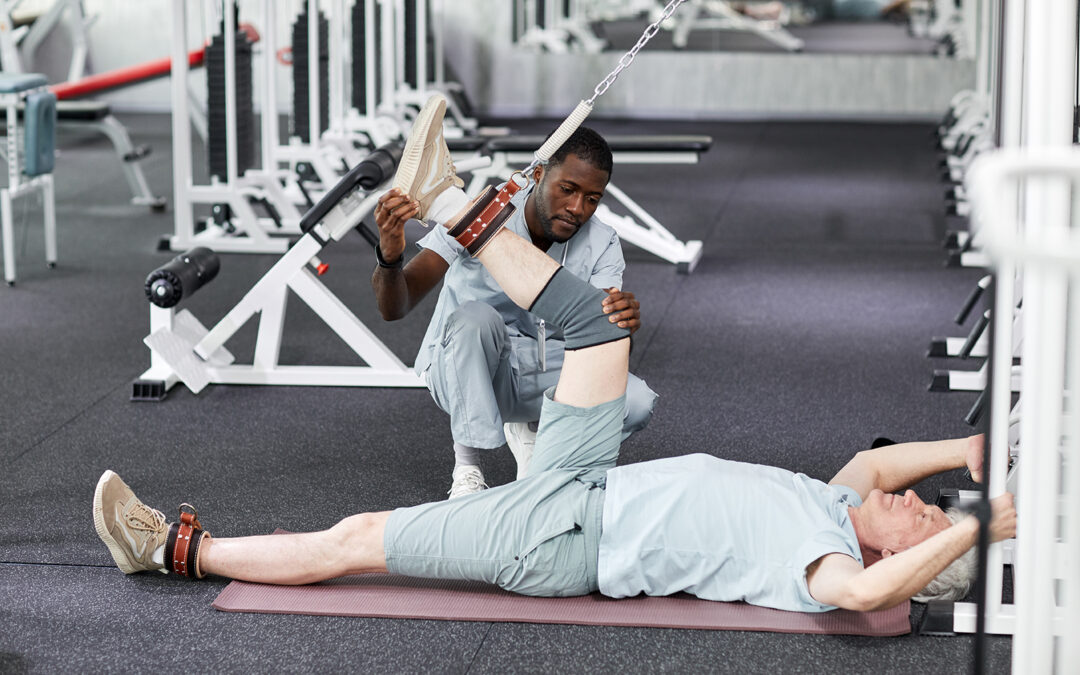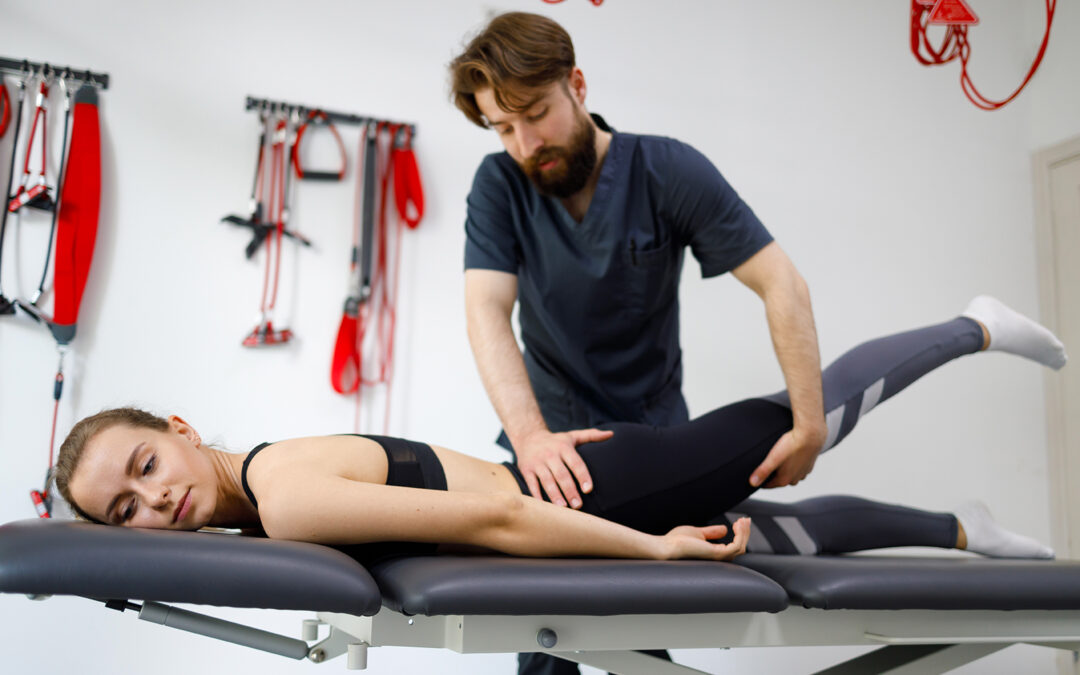Contents
Manual therapy is a physical therapy treatment method known for its innovative techniques. Health care providers also tend to recommend it for its effective results. This popular approach is defined by hands-on treatment administered by licensed physical therapists. Looking for a treatment that can manage your pain and promote healing? Manual therapy is a great option. While you may be familiar with manual therapy, you might not know any specific techniques. Manual therapy can actually serve many different purposes. Depending on the patient’s needs and treatment goals, the manual therapy techniques applied can vary. Understanding the purpose of different techniques can be helpful. This knowledge can help ensure that you receive therapy that matches your needs. Your physical therapist can also explain which treatment is most effective for your condition.
5 effective manual therapy techniques
- Soft tissue manipulation — Do you have a health condition affecting your soft tissue? Many different injuries and chronic conditions can result in persistent soft tissue pain. These include joint conditions. When your joints are injured or inflamed, the pain can spread to surrounding soft tissue. Soft tissue manipulation can be an effective treatment option in cases like this. This manual therapy technique focuses on soft tissue including muscles, tendons and ligaments. Your physical therapist will use their hands to apply friction and pressure to the soft tissue. With steady kneading motions, a physical therapist can relieve tension. This can improve your flexibility and provide pain relief. Movements that generate friction are common in soft tissue manipulation. Friction can help in breaking down scar tissue and encouraging healing in your tissue.
- Therapeutic stretching — Stretching is a key component of physical therapy treatment. Many patients are prescribed some kind of stretching in their treatment plan. Targeted stretches can work to improve range of motion and relieve tension in the joints. Therapeutic stretching can also have long-term benefits. When you become more flexible, you can reduce your risk of injury and muscle knots. While stretching often yields great benefits, not all patients can stretch on their own. Some conditions can make unassisted stretches highly challenging. This is where assisted therapeutic stretching comes in. With this manual therapy technique, a physical therapist can help you perform stretching motions. These stretches are typically performed to improve flexibility in specific areas. This can also help alleviate pain caused by tension. With light stretches, your physical therapist can help you gradually build flexibility. More active therapeutic stretches involve the patient doing more. With these stretches, the physical therapist is still there to provide assistance. Therapeutic stretching can be a great way to manage conditions that limit your mobility.
- Joint manipulation — Joint manipulation focuses on individual joints. When using this manual therapy technique, a physical therapist applies gentle force. Controlled joint pressure is the focus of this technique. The pushing motion is meant to relieve pain and improve your range of motion. If you are experiencing localized pain around a joint, this strategy can have a major impact. Joint manipulation can also help manage the symptoms of joint conditions like arthritis. By reducing stiffness, it can provide relief to tissue surrounding the joint as well. While this method is commonly used to treat elbow and shoulder pain, it can be applied to joints throughout the body.
- Joint mobilization — Like joint manipulation, joint mobilization is typically applied to joint-specific conditions. This approach is also similar to therapeutic stretching in the way it involves assisted motion. A physical therapist engages in this manual therapy technique with rhythmic, repetitive motions. The goal is to steadily improve mobility in the joint. Compared to joint manipulation, mobilization utilizes more gradual movements.
- Trigger point therapy — Trigger point therapy is designed to treat trigger points. These points are also known as muscle knots. Trigger points tend to cause localized pain as well as referred pain in other areas. Before your therapist can apply this method, they must first find your trigger points. A skilled physical therapist can feel for muscle knots and identify their locations. After finding the trigger points, they can apply pressure with their hands. This pressure can loosen your muscles and help eliminate knotting over time. Addressing the trigger points directly can yield major benefits. Your physical therapist can help relieve your localized and referred pain.
Lattimore Physical Therapy offers a range of top manual therapy techniques
Are you ready to experience quality manual therapy? At Lattimore Physical Therapy, our team is trained to apply a range of effective manual therapy techniques. A comprehensive evaluation can help our physical therapists develop a treatment plan. Each plan is tailored to meet personal needs. Our holistic approach to care means your treatment can include multiple methods working together to help you recover.
Contact our team today for more information about manual therapy or to schedule an initial appointment.



